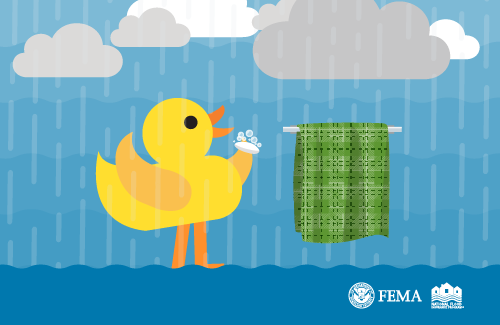A common misconception about flood insurance is that only people who live along the coasts or riverbanks need it. In fact, at least 40% of National Flood Insurance Program claims filed between 2015-2019 came from outside high-risk flood areas.
One reason for this is the increase in record-breaking rainfall that causes flash flooding, and often in regions unprepared for it. Multiple areas of the U.S. experienced record rainfall that led to historic flooding in recent years.
These declared disaster areas include:
- Dallas, TX, where at least 13 inches of rain fell over 18 hours on Aug. 22, 2022, flooding homes, sweeping away cars and causing at least one death;
- St. Louis, MO, where up to 12 inches of rain fell over six hours on July 27, 2022, followed by more rain in the following days, trapping unsuspecting residents;
- Eastern Kentucky, where 43 people died from flooding that began as a downpour with as much as 4 inches of rain per hour on July 30, 2022; followed by more days of rain; and
- Middle Tennessee, where 17 inches of rain fell over ten hours across four counties on Aug. 21, 2021, resulting in 20 deaths.
In western states, record rainfall is often caused by atmospheric rivers, which are especially common in winter when huge bands of warm, moist and tropical air move like a river in the sky releasing rain or snow when they touch land. They provide up to half the annual precipitation in western states. While bringing vital water, they also cause about $1 billion of flood damage annually in the region.
Atmospheric river flooding wreaked havoc along the West Coast in 2021, causing severe flooding in western Oregon and Washington in January. The atmospheric rivers returned in October, dropping an estimated 7.6 trillion gallons of water across California and a record-breaking 22 inches of rain over three days in parts of Alaska before hitting Oregon and Washington again.
The level of flooding from record rainfall is sometimes called 1,000-year or 500-year floods. The designation doesn’t pertain to years, but means the percentage chance of such weather occurring, according to the National Weather Service. A 1-in-1,000-year rainfall means there is a 0.1% chance of that amount of rainfall happening in a given year.
Let your clients know that record rainfall is happening more frequently, with more severity, and causing more disasters in more places. That means all of us, regardless of how close we live to waterways, are at risk. Understanding that just one inch of flood water can cause $25K in damages, people everywhere should consider buying flood insurance.

